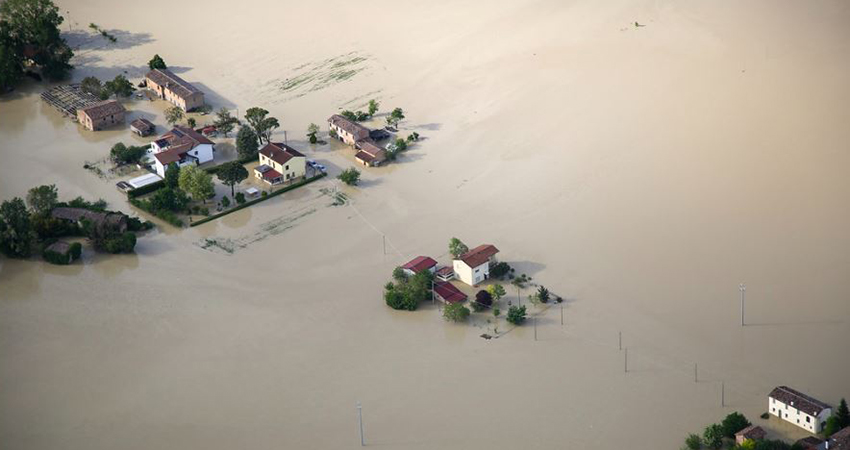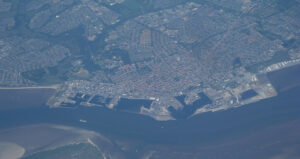Italy plans to expand water collection capacity after flash floods

-
Editorial Team
Share article:
After the recent flash floods in Italy the government has announced a national water plan to combat the effects of climate change. This plan includes a new water collection system that can absorb more water much faster. The current system can capture 1,000 millimetres in a year. The new system should be able to drain 500 millimetres in 48 hours. During the disaster in Emilia-Romagna, 500 millimetres of rain fell in 36 hours in some places.
In the next eight months to a year, the new national plan should be put in place to be better prepared for heavy rainfall after dry spells. “Nothing stays the same as before,” stated Civil Protection and Maritime Policy Minister Nello Musumeci. He noted that ‘tropicalisation’, the process in which a place’s climate becomes more tropical, has now come to Italy.
A new approach is needed
“What happened in Emilia-Romagna and earlier in Ischia could happen any time in another region in the country.” According to the minister, recent weather-related disasters, such as the landslide in Ischia last autumn, show that a new approach is needed to adapt society to the effects of climate change. In southern Europe, in countries like Italy and Spain, drought is a growing security threat. When the soil is very parched, water is poorly and less quickly absorbed into the soil. During sudden heavy rains, the soil cannot absorb the water in time, which can cause major flooding and landslides.
Dozens of new regional dams are needed
According to Musumeci it will be necessary to allow rainwater to reach the sea as soon as possible. Therefore the intervention will have to be done on the primary and secondary river network. In addition, dozens of new regional dams will be needed. They haven’t been built for forty years. When the water arrives, it must be stored. The minister is thinking of the construction of basins, but also of small reservoirs. It is also necessary to redevelop the urban distribution networks to avoid water loss.”
Drought
Last year the Po Delta region needed to take extra measures against drought. To stop a salt wedge from rising along the dry river Po branches an innovative new anti-salt barrier has been proposed at the mouth of the Po di Pila, the main branch of the Po Delta. The mobile barrier separates fresh water from salt water making use of the fact that salt water is heavier than fresh water.
















